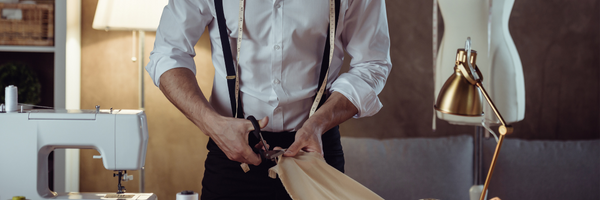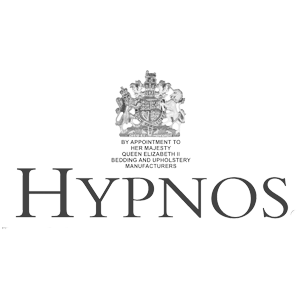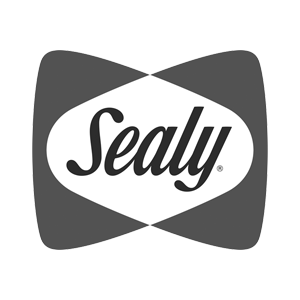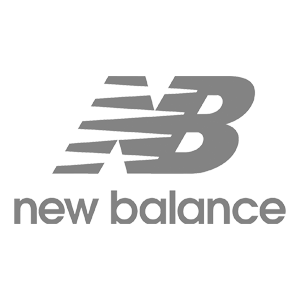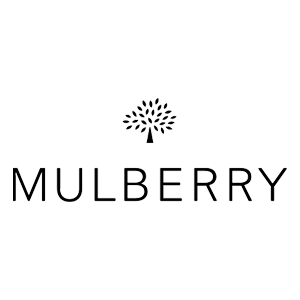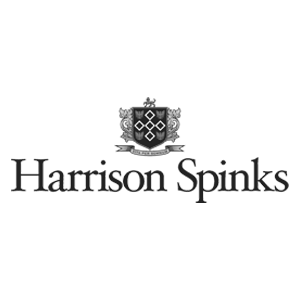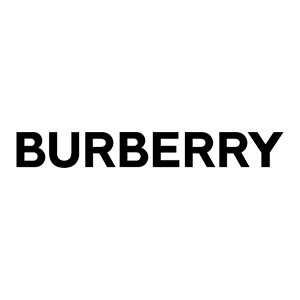When it comes to scissors, is it ever possible to have too many pairs? We don’t think so. When you look at the range of sewing scissors that are available, there are ones that are perfectly designed to complete every single task.
Whether your project requires the finesse offered by embroidery scissors or a tougher approach given by heavy-duty shears, there are sewing scissors for every task.
As with many things in life, not all sewing scissors are created equal. As well as looking at the different types that are available, it’s also worth exploring the best brands of sewing scissors. We’re thinking of the likes of Fiskars, Elk, and Kai. Once you’ve experienced what these brands have to offer, there’s no chance of you ever returning to anything inferior.
In this article, we’re going to give you a brief insight into these top brands. We’re also going to be giving you the detail around the different types of sewing scissors and what they’re used for. If you want to know all that there is to know about the best in sewing scissors, read on.
The best sewing scissor brands
 |
KAIKAI produces a whole range of sewing scissors. Based in Japan, this is a company that has been perfecting what it does for over 100 years now. That means that you can be confident whenever you buy scissors bearing this brand. KAI sewing scissors are top quality and come hand polished and perfectly balanced. This makes them ideal for cutting a range of fabrics. The handles come with a soft ergonomic grip. When this is combined with the hardened stainless-steel blades, you have sewing scissors of a quality that is hard to beat. |

|
FISKARSAny look at the best brands of sewing scissors would be incomplete without a look at Fiskars. This is a company that is known worldwide for producing sewing scissors and shears that are of exceptional quality. Instantly recognisable with their distinctive orange handles, these scissors have now been produced for over 50 years. Fiskars is a company that is proud of what it has produced in terms of sewing scissors. It boasts of having handles that give the ultimate in control and comfort as well as featuring precision ground stainless steel blades. |
 |
ELKELK is behind the production of more than 80 different types of sewing scissors. Something that Elk is keen to mention is that all of its sewing scissors are produced via traditional methods. Made from the very best in raw materials, these are scissors where you can be assured of the quality. The Elk range means that you can find scissors for any of your tasks. There are sewing scissors to suit every conceivable project and every type of fabric imaginable. Made with durability in mind, you can be sure that Elk sewing scissors are made to last. |
What do you need to consider when looking for the best sewing scissors?
While knowing about the best brands of sewing scissors is a great start, you still need to find the ones that suit you. We will be looking at the different types of sewing scissors shortly, but in the meantime, here’s a look at some of the things that you need to consider when it comes to your next purchase:
The material that you’ll be cutting
- If you’re a newcomer to the world of sewing scissors, you may just think that scissors are just made to cut anything. The reality is that certain types complete certain tasks better than others. You will find that there are very specific sewing scissors for the different fabrics that you’ll come across.
- If you’re looking at cutting fabric that is thick and heavy, you’ll be really up against it if you’re trying to use sewing scissors with serrated blades. Instead, you’re going to need something a bit sturdier such as tailors shears.
What the sewing scissors are made from
- Different sewing scissors will be constructed in different ways. Some of these will have a metal blade and come with plastic handles. You can get others that are practically all metal and just come with a thin covering of rubber to protect your hand. What’s best for you will be a very personal choice.
- While cushioned handles may feel better, some people struggle with the control needed for intricate work. There are people who have tried the all-metal type scissors with a rubber cover only to find that they seem unstable. You’ll need to discover what you work best with.
Consider the blades
- The size of the blades that you choose should be relative to the task that you have. Things such as dress maker sheers are perfect for cutting out patterns because the blades are so long. This means that you make fewer snips to finish cutting out.
- At the other end of the scale, we have embroidery scissors. These have extremely short blades. You won’t get very far trying to cut out a pattern using these.
Handle size
- Sewing scissors will come with handles of differing sizes and you need to find what works best for you. Handles that are on the large side tend to be harder to handle. This can lead to a lack of accuracy. Handles that are too small may allow for more accuracy, but they can quickly become uncomfortable to use.
Weight
- When trying to select the best sewing scissors for you, you’re also going to need to consider their weight. Scissors that are heavy can be a little tough on the hand. However, as they’re sturdier they can help your cutting to be more precise
- Lightweight scissors can certainly be kinder to your hands, but you do tend to lose some of the control that you feel with a heavier pair. Again, much of this is down to personal preference but it's worth being made aware that this is something that you’ll need to consider.
Left-handed scissors
- When looking at sewing scissors, if you’re left-handed then buy left-handed scissors. You will find pairs that say they are universal and suitable regardless of which your dominant hand is, but the reality is that these won’t be a match for ones that are actually made to target specific hands.
- Investing in left-handed scissors will be one of the best decisions that you make (assuming that you’re left-handed, of course). They offer you a completely different cutting experience.
The different types of sewing scissors
We have looked at some of the best brands of sewing scissors. Something that these brands have in common is that they all produce different types of sewing scissors. The type that you choose will depend upon what you're trying to achieve so let’s take a look and see which scissors are for which task:
Dressmaking shears
If you’ve ever seen old TV shows, or maybe ads that show women making clothes, then the chances are that you’ve set your eyes on dress maker shears. These are nothing short of being huge in size so you’ll have found them fairly difficult to miss. They are called shears, rather than scissors, because of the fact that they have an angle to the handle. This angle allows the blade to rest flat on the cutting surface.
Using dress maker shears means that it is easy to keep the fabric as flat as possible while cutting. This assists you with accuracy and ultimately leads to a much cleaner cut.
Tailor shears
When you’ve seen dress maker shears, you’ll realise that tailor shears are pretty similar. Perhaps the biggest difference between the two is the sturdiness. Tailor shears are designed to take on work that is a little more heavy-duty than that undertaken with dress maker shears.
Tailor shears will comfortably cut through several layers of fabric at once. The blades ensure that the operator finds this a breeze and that the cut is always clean.
Pinking shears
Have you ever seen fabric that has been cut with a zig-zag edge? If you have, you may have wondered how this cut had been achieved. The answer can be found in pinking shears. Again, rather than being referred to as sewing scissors, they are called shears because of the bent/angled handle.
The purpose of pinking shears is to slow down the fraying process. Fraying will naturally happen over time, but using pinking shears on woven fabric certainly delays the process.
Embroidery scissors
When hunting around for sewing scissors, you will find that these are probably the smallest that you’ll come across. You will find that embroidery scissors are extremely sharp and pointy and are used to cleanly cut tiny threads.
While the tips are beyond being just a little on the sharp side, most pairs of these scissors will have a slight curve. This curve means that you’re only going to cut the thread that you want to and can easily avoid the rest of the fabric.
Double curved embroidery scissors
It’ll probably come as no surprise that double curved embroidery scissors are embroidery scissors that have a double curve! However, it’s not just the blades that are curved: the handles are too. The purpose of this is to assist those who use a machine for embroidery. It allows for the clipping of a thread without the need to take the hoop off the machine.
Heavy-duty shears
It’s slightly surprising the number of sewing scissors that are actually referred to as shears. When it comes to heavy-duty shears, there similar to tailor shears in that they have the capability to cut through several layers of fabric at once. The major difference is that they lack the precision and finesse that’s offered by tailor shears.
Rotary cutters
If you’ve only ever used sewing scissors before, your first experience with a rotary cutter may be a little daunting. This is a tool that comes with an extremely sharp circular blade. Its main use is seen by looking at patch workers cutting fabric while using a quilting ruler.
Rotary cutters are available in different sizes. The most common are 18mm, 28mm, 45mm, and 60mm. If you’re only wanting to invest in a single rotary cutter, most people would advise opting for the 45mm size. Just remember, these blades are extremely sharp so make sure that you have a safety cover for when it’s not in use.
Final thoughts
That brings us to the end of our guide to the best sewing scissors. As you can probably appreciate, there is a lot of thought that needs to go into selecting the perfect pair. The first step is to ensure that you are investing in one of the best brands. This means that you can be sure of quality and durability.
Beyond this, you then need to ensure that you’re selecting the right tool for the job. Getting the right type of sewing scissors is vital. After this, it’s all down to personal preference and knowing how sewing scissors should feel in your hand.
If you would like to speak to one of our dedicated team members to discuss your business needs, please contact us via email: hello@tacura.com or call 0330 123 1950.




